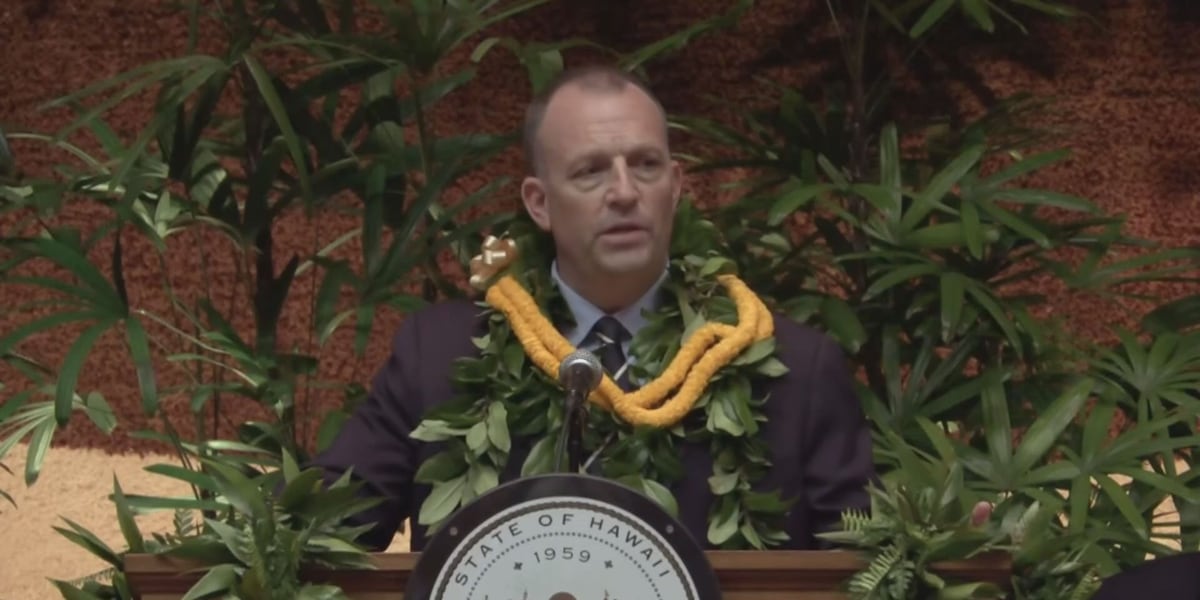Health Rebellion: Hawaii Breaks Ranks, Joins West Coast States in CDC Defiance

In a bold move to take greater control of public health strategies, Hawaii has become the latest state to join a groundbreaking regional health alliance. Alongside Oregon, California, and Washington, the Aloha State is forming a collaborative network aimed at addressing growing concerns about the current leadership and decision-making processes within the Centers for Disease Control (CDC).
This innovative interstate partnership represents a significant step toward more localized and responsive public health management. By joining forces, these four western states are signaling their commitment to proactive healthcare policy and their determination to ensure the most effective pandemic and health crisis responses for their residents.
The alliance emerges at a time of increasing skepticism about national health guidelines, with state leaders seeking more autonomy in crafting public health strategies that directly address their unique regional needs and challenges. This collaborative approach promises to create a more agile and responsive framework for managing future health emergencies.








